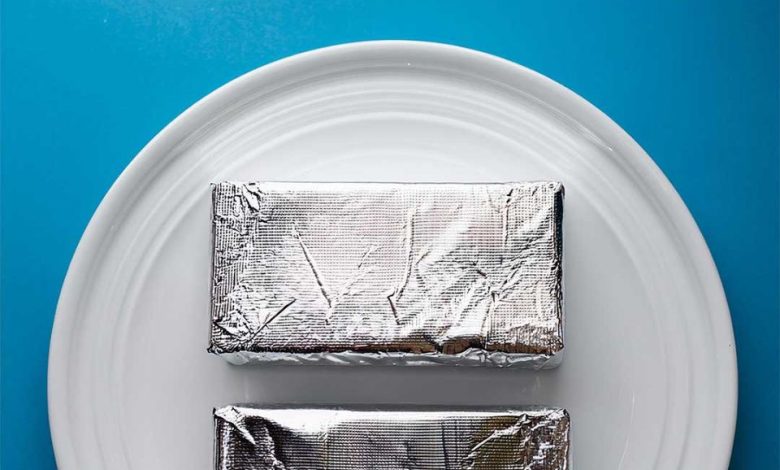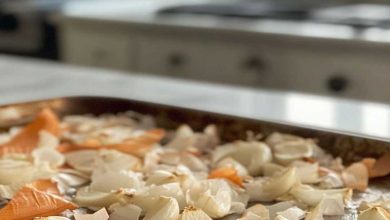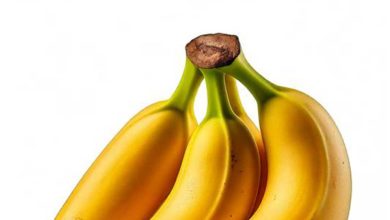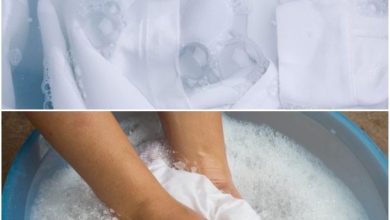Oh my, seriously didn’t know about this

Aluminum foil, a kitchen staple, has long sparked curiosity about its differing sides: one shiny, the other dull. While many believe one side is better suited for specific tasks, the truth is that both sides are equally effective.
ADVERTISEMENT
The Manufacturing Process The difference in appearance stems from the manufacturing process. During the final rolling stage, two layers of aluminum are pressed together and then separated. The side that comes into contact with the rollers becomes shinier due to the polishing process.
ADVERTISEMENT
No Functional Difference Contrary to popular belief, there is no significant functional difference between the shiny and dull sides in terms of cooking performance. Both sides are equally effective barriers to moisture, light, and air. The shiny side’s slightly higher heat reflectivity is negligible for most culinary applications.
ADVERTISEMENT
Best Practices While the shiny side can reflect heat better, it’s not a game-changer. Use it if you want to retain heat or reflect heat back upwards. However, the dull side is just as effective for most uses. If you prefer a non-reflective surface or want to write on the foil, use the dull side.
Debunking Myths Common myths include using the shiny side for cooking and the dull side for wrapping, and always facing the shiny side towards the food. These are misconceptions. Both sides perform similarly.
Scientific Consensus Scientific studies and expert opinions confirm that the heat reflectivity difference between the shiny and dull sides is minimal, often less than 10%. Cooking experts agree that the choice of side is largely a matter of personal preference.
Practical Tips For everyday use, consider these practical tips:
- Insulation: Use the shiny side for insulation, though the difference is minimal.
- Non-reflective surface: Use the dull side if you prefer a non-reflective surface.
- Labeling: Write labels or notes on the dull side.
- Versatility: Both sides are equally effective for most tasks.
The shiny and dull sides of aluminum foil are a byproduct of the manufacturing process. While the shiny side may offer slightly better heat reflectivity, the difference is negligible for most cooking purposes. Ultimately, the choice of side is a matter of personal preference.




